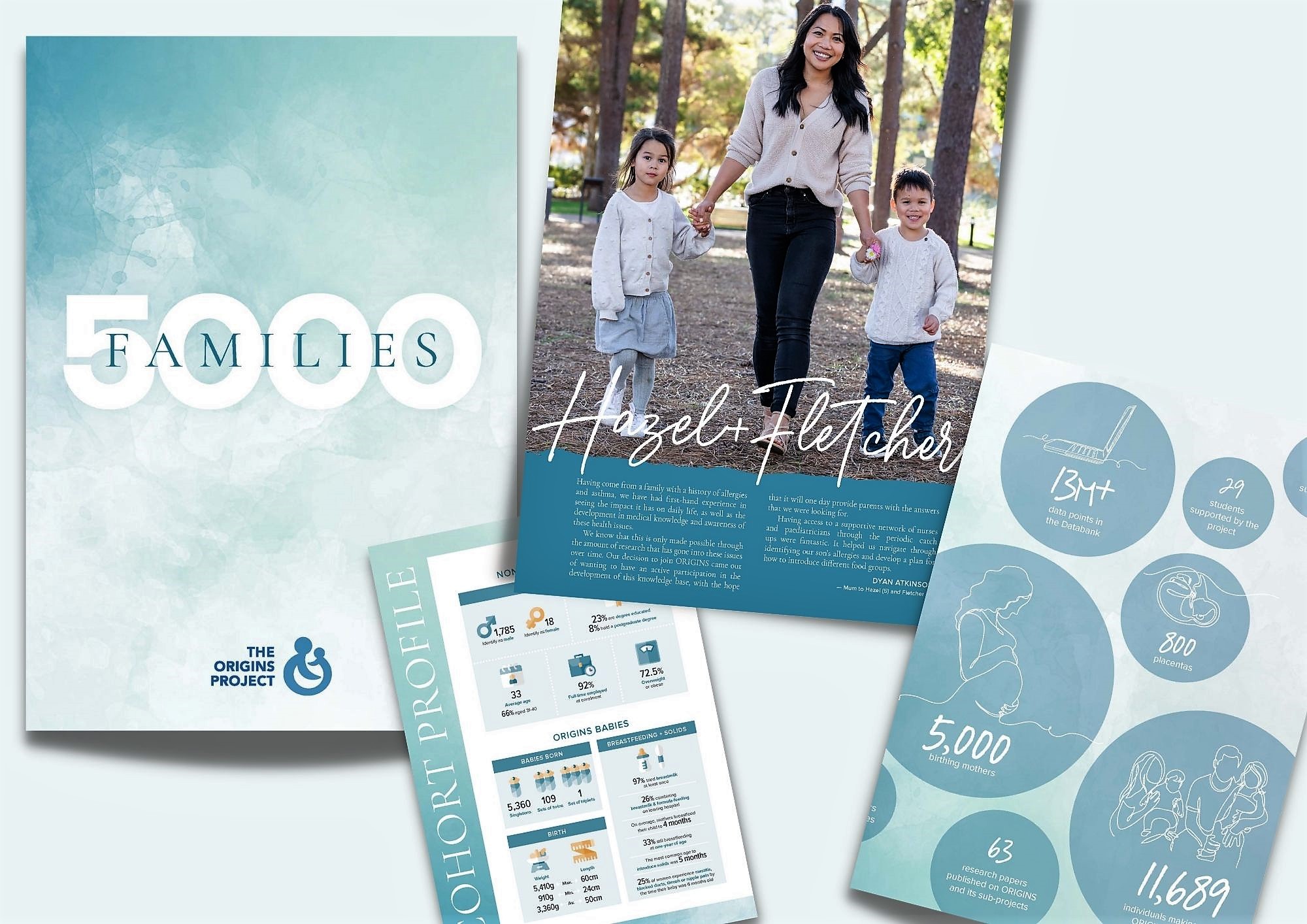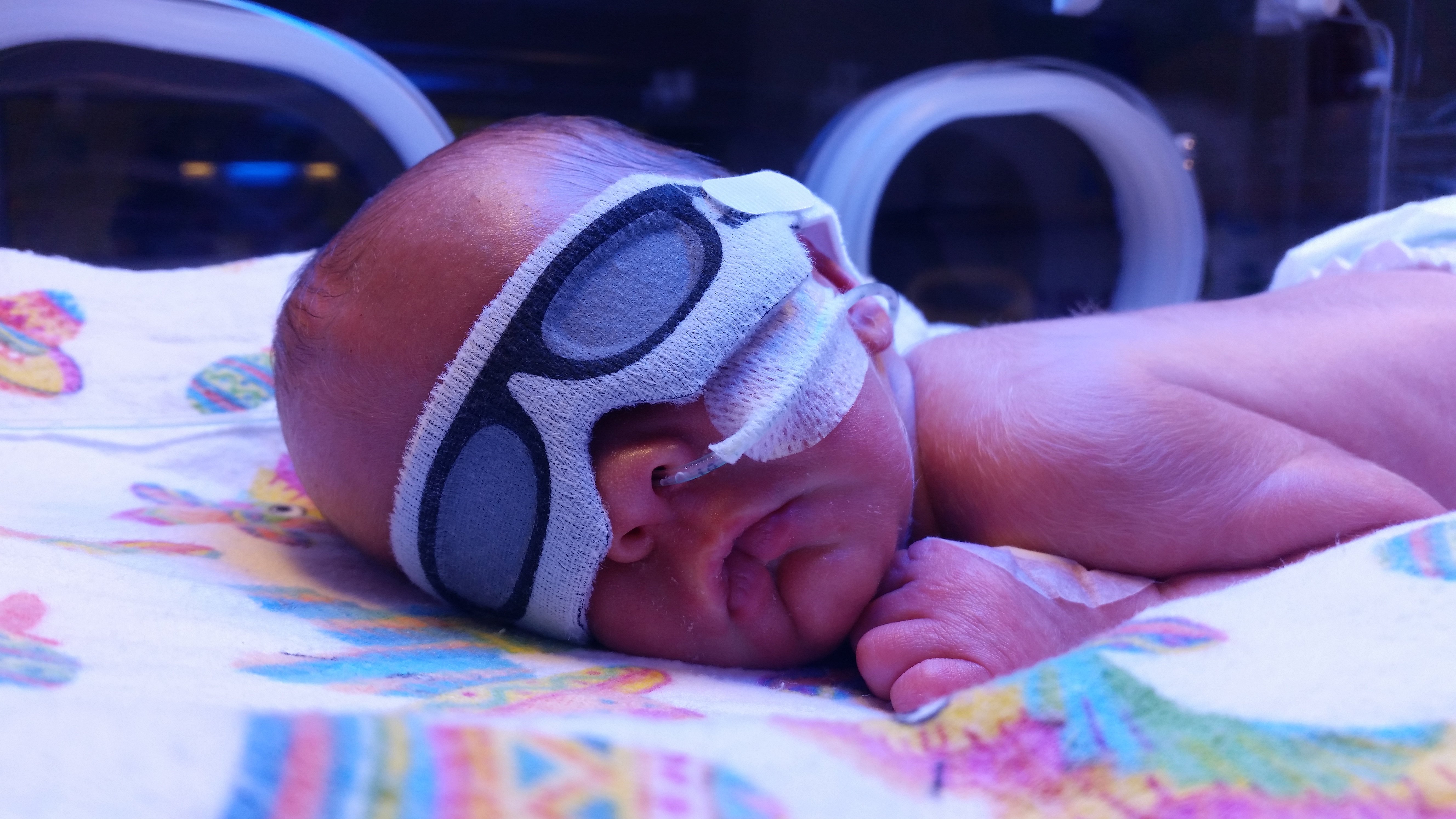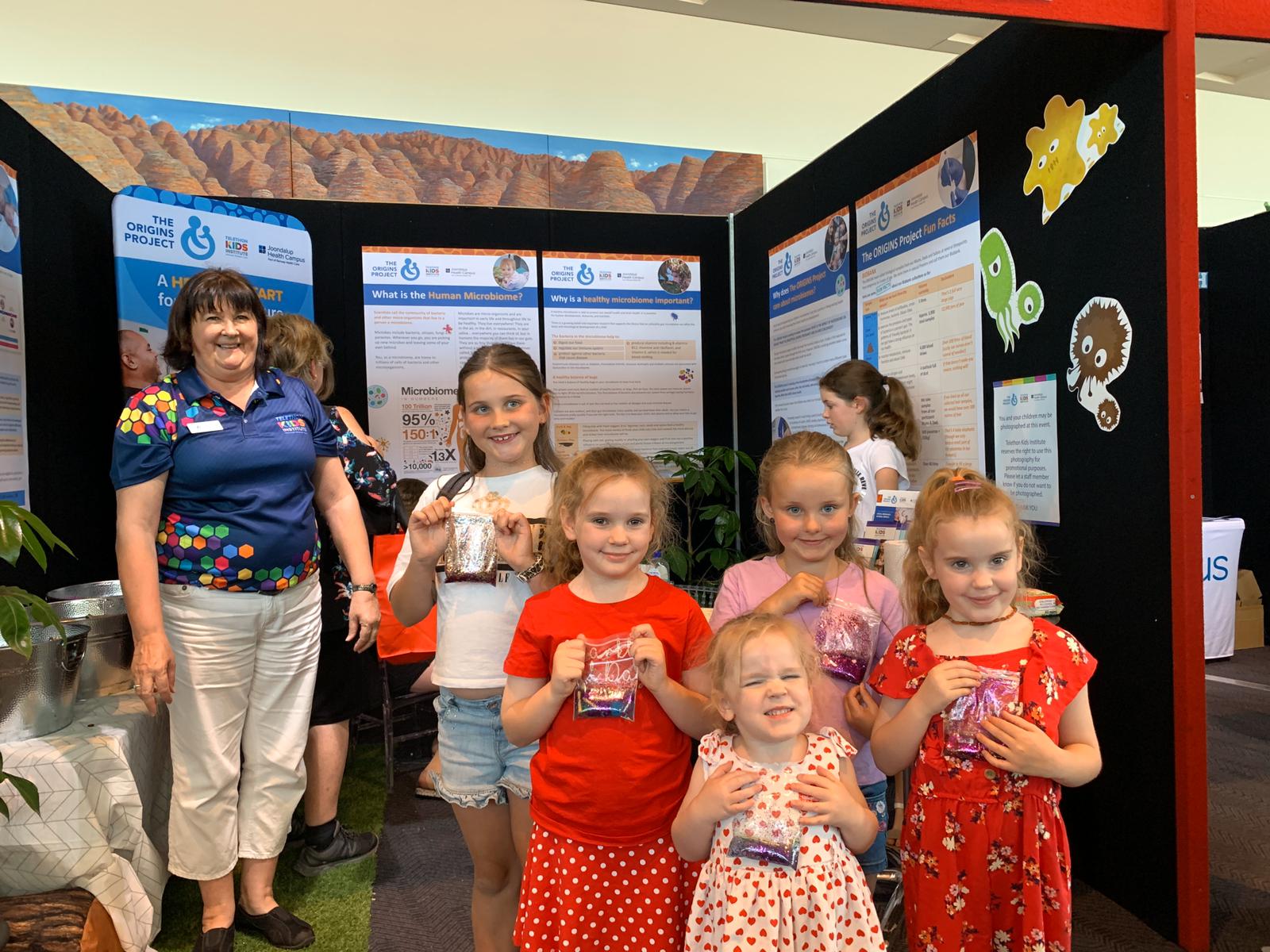Search
An interventional birth cohort researching ways to optimise health and identify conditions that enable every child to flourish from an early age.

News & Events
HBF Funded Sub-Project Runner Up In Ramsay Research Week CompetitionORIGINS sub-project, Flourishing in Fatherhood, has placed runner up in Ramsay Health Care's research-month competition!

News & Events
Nature Play & Grow - based on science but promoting playA pilot program, teaching families how to 'play' in nature, has been shown to be effective in helping families unlock the mental and physical health benefits of connecting with nature and community through outdoor play, easily, and locally.

News & Events
ORIGINS 5000 Families ReportORIGINS released a milestone document this week, celebrating our families.

News & Events
Desire to help others helps one ORIGINS familyCathy Chopping is thankful she decided to try and help others by joining ORIGINS

News & Events
Thrive by Five TED Talk - Have you met Molly?ORIGINS Director, Prof Desiree Silva is playing an integral role in promoting a Thrive by Five TED Talk asking parents to engage more meaningfully and often with children in order to promote their brain development and set them up for life.

News & Events
Magical Microbiomes at TelethonHundreds of kids and their families visited The ORIGINS Project booth over the Telethon weekend to learn about the magical microbiome.

News & Events
World-first research helps to identify child developmental delaysThe ORIGINS Project’s Early Moves study is investigating whether a baby’s early movements can predict learning difficulties later in childhood.

News & Events
When food attacksOne in every four children will suffer from eczema and asthma, and one in every 10 will have at least one food allergy.

News & Events
When babies won’t stop crying – infantile colicExcessive crying – for more than three hours in a day, more than three days a week – is often referred to as infantile colic.
